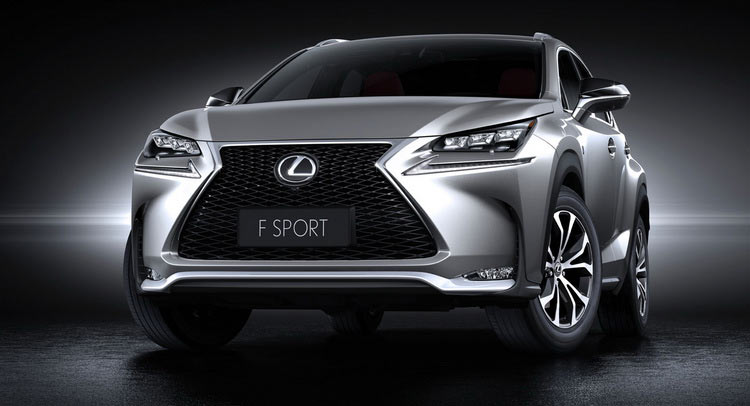Reliability and quality alone just didn’t cut it anymore in the premium sector; losing the top spot in 2011, after 11 years, was a wake-up call for Lexus.
The main culprit was the staid, bland styling that projected an image buyers were shying away from. The competition was fierce and it was winning.
This year, Lexus has sold 247,445 vehicles through September and is breathing down Mercedes-Benz’s and BMW’s neck, which are ahead by a mere 2,445 and 2,511 units respectively. The crown is, once again, in sight.
Taking on the Germans on their own game is the secret behind the brand’s resurgence. If the customers want performance-oriented cars, then that’s what they’ll get.
In 2013, the GS introduced the “spindle grille” design. It wasn’t met with universal acclaim; in fact, it divided opinion and, in doing so, made people pay attention once more. This became a fixture in every subsequent model, even the RX SUV. Lexus was back on the radar.
“Its focus on performance makes a lot of sense given the inherent performance angle of the Germans”, Tom Libby, analyst at IHS Automotive, told Automotive News. “Lexus needs to do that because brands like Audi and BMW already have a less-subdued image.”
The whole shift comes with a twist: it’s called the F Sport package. In a nutshell, it’s merely cosmetic changes like a honeycomb grille, more aggressive bumpers, bigger wheels et all, along with a sportier suspension tuning. No power upgrades, nothing big, just tick the box and you get a nice set of extras, starting with US$1,730 on the CT 200h hatch to US$8,350 on the LS executive saloon.
Yet it worked miracles. In 2015, a staggering 71 percent of all RC coupe buyers chose the F Sport package. Not the full-blown RC F, but the package! Almost half of IS and GS and 30 percent of NX buyers did the same.
Why haven’t thought of it earlier? “The marketing only works now because we have the product to back it up”, was the brand’s marketing manager Brian Bolain answer. “For years we tried to do interesting marketing, but it’s a bit disingenuous until you have a product that makes good on it.”
One last, but very important, note: the F Sport package attracts a younger demographic. Not just for the inherently sporty RC, for example, but the LS, too: buyers of the F Sport version are on average 12 years younger than those of the plain vanilla (…) model.
Mission accomplished, then. Almost – the icing on the cake will be the top spot among premium automakers by the end of this year. In any case, competition improves the breed, and that’s good for the customers.









